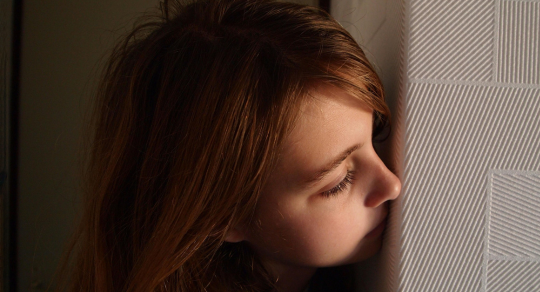There was a time when I craaaaved peace and calm. When my day started with a screaming alarm clock and angry morning traffic. When I felt trapped in glass and steel buildings doing work for clients I never saw. When it was still dark when I went in to work and left the office. When I never caught the sunrises or sunsets. When I ended the nights watching mindless news and TV before falling into bed exhausted.
It took me about 7 years to get out of that toxic environment and recreate a life of peace, presence and purpose. It’s been a journey to acknowledge where I was, to recognize what I needed to change, to learn precious lessons along the way to finding myself, and to now live a life serving others and helping them create their own lives of peace and presence.
I know there are many others following the same path that I have been on, and asking the same questions that I have asked, so I’m sharing the lessons I’ve learned along the way.
First, here’s my instant formula for peace:
SPACE = PEACE
It’s really as simple as that (to remember, as well as to practice).
Peace, as it turns out, is not the absence of chaos, but the awareness of the stillness that underlies everything, even the chaos. So whenever you’re able to tap into that stillness, you’re connecting with peace.
How to translate the formula into practicing peace:
If we can start paying attention to the space between two thoughts, or the space between two words in a conversation, or the space between the notes in the music we’re listening to, or even the space between two breaths when we meditate – if you can focus on that space, rather than the notes on either side, or the breaths on either side, what you’ll become aware of is the deeper stillness within that space. That’s where pure consciousness is. That’s where peace is.
My practical suggestion for practicing peace is to create these spaces in your life every day, and even more on your most stressful days.
Here are 9 steps to create more peace and presence:
1. Pause
Whenever you notice that you’re anxious or uneasy, you might notice that you’re doing too much or too many things, simply stop whatever you’re doing and take a deep breath. Bringing awareness to your breath instantly switches your attention from the outside world to your inner world.
2. Put it down
If you can take it a step further, put down whatever you’re doing and step away for a few minutes or a few hours. The distance creates space. The more space you create, the more peaceful moments you create.
3. Pay attention
When you pause and put down whatever you’re doing, pay attention to the jittery fingers or your furrowed brow, and notice what’s causing the stress. The more you become aware of the things that cause stress, the more you’ll try to let go of them.
4. Get perspective
When we step back and pay attention to the things causing stress, we can get a better perspective of things – the bigger “why” of what we’re doing. When we don’t have a good “why” we lose meaning in our lives. Being able to get perspective on our choices creates clarity.
5. Set priorities
When you ask the “why” of what you do, it gives you clarity on your PRIORITIES – whether it’s your relationships, or your solitude, or your spiritual growth. You can’t give them all equal priority, so whatever your biggest priority might be, that will lead you to the next step…
6. Pare it down
Once you know your priorities, then you can start to strip away the unimportant things – the obligations, the expectations, the guilt trips. Simplifying your decisions has an immense impact on simplifying your life.
7. Notice patterns
Now that you’ve committed to your priorities, you’ll start noticing patterns of your actions, reactions, habits and behaviors of the areas in your life that are not in line with your priorities, and hence causing stress. Whenever you notice these patterns, follow the above steps of: pause, put it down, pay attention, get perspective, set priorities, and pare it down.
8. Em/sym-pathy
Only when you can create and experience peace for yourself, can you extend it to others. Now that you’ve defined and created your personal peace, you can reach out to make a real connection with others (rather than a resentful one). Look them in the eye, give a smile, ask a question, spread some peace.
9. Practice, practice, practice
As a seeker, it’s probably not enough for you to just address stress. You’ll want to create your own everyday practice, to live a life of peace and presence. Whether it’s a practice of meditation, or spiritual reading, or walking the labyrinth, make sure to add spaces into your everyday life to create your own practice of peace and presence.
This is the step-by-step process I followed to create my life of peace and presence, and I’d love for you to share with me your experiences, and how you plan to create your life of peace and presence.








